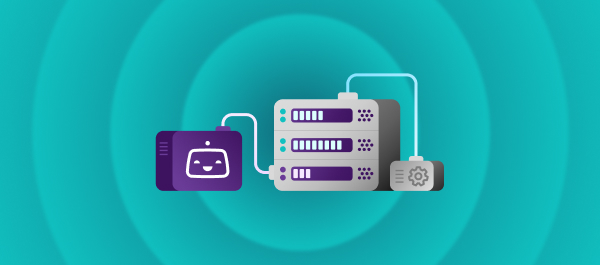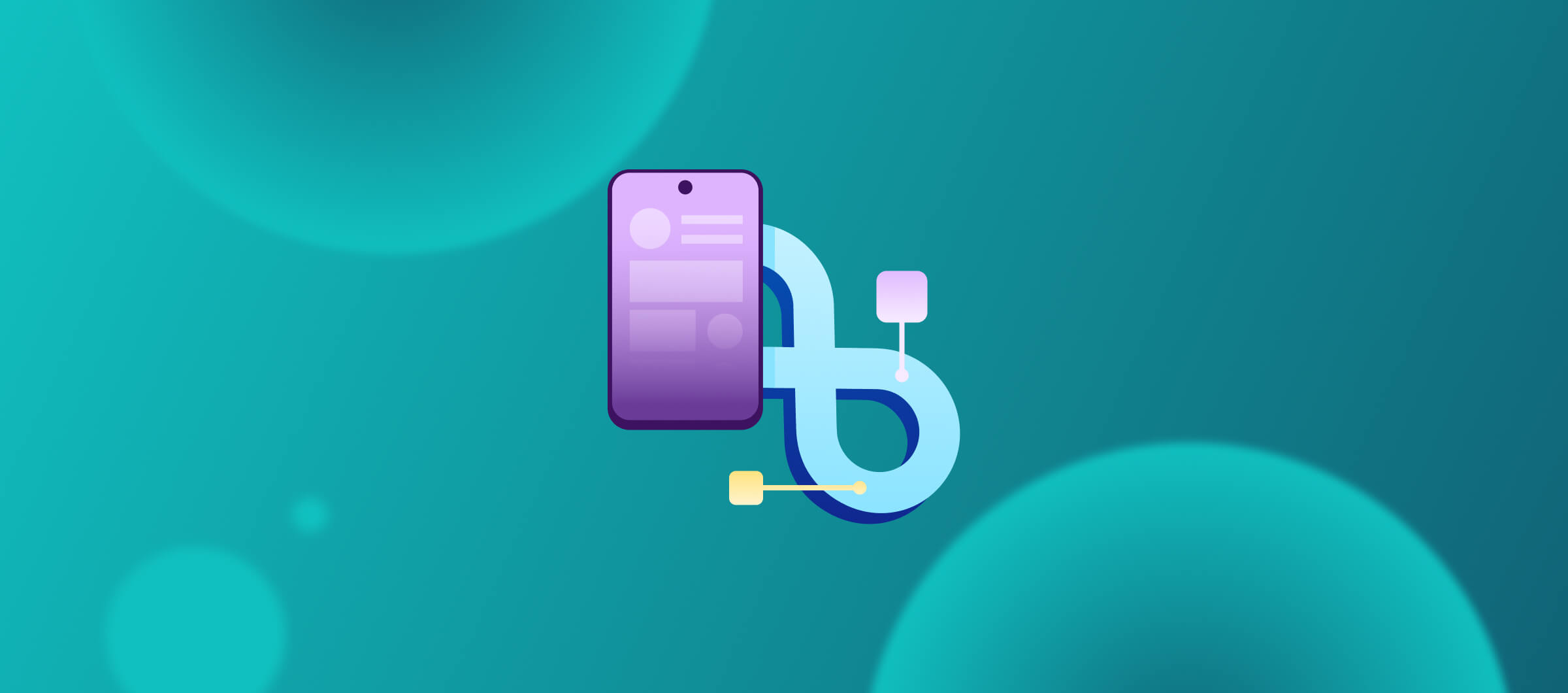A study published in 2020 found that software engineers working on global projects spend an average of 16 hours and 39 minutes in scheduled and unscheduled meetings every week. That’s two full working days in meetings alone.
With those two full days spread throughout the week, there’s a lack of uninterrupted time for people to get their work done.
Collaboration is about people working together to solve a problem or complete a task. While most organizations see collaboration as a good thing, recently there’s been increased discussion about collaboration overload and whether all the meetings are getting in the way of productivity. According to a survey by Korn Ferry, 67% of professionals believe that spending too much time in meetings distracts them from making an impact at work.
When you hit an obstacle, collaborating with someone within the team can help you overcome it. However, an organizational over-reliance on collaboration can serve as a distraction. By adopting practices that result in effective collaboration, you can improve the efficiency with which you solve problems, share knowledge with other engineers in the team, and free up more of your time.
1. Reduce the noise
By making simple changes to your processes, you can steer your company away from collaboration overload and toward a healthier, more efficient collaboration model.
For example, your mobile engineering team can use its own Slack channel. Your engineers can use project management tools such as Jira, knowledge sharing tools such as Confluence, and video conferencing tools such as Zoom.
In addition to these applications, developers use version control tools, integrated development environment tools, and Mobile CI/CD tools.
To make the switch from collaboration overload to effective collaboration, you’ll need to find a way to cut down the noise and address how to collaborate on your internal communications plan. The plan should clearly answer the following questions:
- What merits collaboration?
- Which communication channels should one use when in need of collaboration?
- What is the preferred method of communication (synchronous vs. asynchronous) when two or more people collaborate?
You may decide that anything not addressed in your knowledge-sharing tools merits collaboration. For example, you could choose email as the preferred mode of communication and video conferencing as the preferred mode of collaboration. We recommend getting buy-in from your team when making these choices.
To further optimize collaboration and reduce noise, ask your team about the tools they need in order to collaborate better. Also ask them which tools they think can be replaced or removed from the stack.
According to Salesforce, 80% of knowledge workers want to choose the tools they use for collaboration. If you have a small team, you can go for a collective decision to revisit your tech stack. In larger organizations, making a collective decision will be more challenging, but giving everyone a chance to speak up through a survey can help. To audit your current stack, do the following:
- Make a spreadsheet where you list all the tools you use
- Add categories, functions, and costs next to each tool
- Identify tools with the least usage
- Identify tools with the most usage
- Identify tools with overlapping features — for example, do you have two apps being used for knowledge sharing
- Identify tools that don’t integrate with others in your stack
For effective collaboration, there should be a specific set of tools that are used from the time two people start collaborating. For example, people can do video conferencing on Slack as well as Zoom. They can also chat using both tools. So, should you drop Zoom since Slack has all of its features and more? Ask your team.
2. Make it easy to find the right person for collaboration
According to McKinsey, workers spend 20% of their work week looking for internal information and trying to track down coworkers who can help with specific tasks.
When developers come across a problem they can’t solve on their own, they either look it up online or within the company’s knowledge base or they ask someone for help. The question is — who do they go to when faced with a blocker?
Imagine if the person facing the obstacle has to contact four people, one at a time, and explain their situation to each of them, only to find the right person who can help them on the fourth attempt. Odds are, they’d solve the problem quicker if they knew who to contact from the get-go.
Engineering leaders can make it easy for their team members to find the right person by maintaining an engineering competency matrix for each person in their team and sharing it with everyone. A competency matrix would ideally list all the skills needed for app development. For example, a skills matrix based solely on proficiency in programming languages would look something like this:

With a team of just four people, everyone would probably know what their colleagues are particularly skilled in, but this chart can really help larger teams. When someone comes across a problem that involves code written with Dart, they’d look at the chart and contact Person 1 immediately. If Person 1 is unavailable, they can collaborate with Person 4 and so on. Maintaining a competency matrix can help you minimize the time people spend finding the person with the right skills and experience for collaboration.
3. Improve your standups
Your daily standups are the ideal opportunity for the person facing blockers to find the people to collaborate with or for the person with the right skills to volunteer for collaboration. However, most teams fall into the trap of trying to solve problems in the standup. According to a survey by Databox, teams start solving problems during the standup meeting, resulting in the meeting taking much longer than 15 minutes and going off track. Marketing teams do it 45% of the time, management teams 65%, and other teams 75% of the time. If we average it out, your team is likely to fall into the same trap on six out of ten occasions.
Keeping your standups focused on status updates and blockers is easier said than done. That’s because no one hosts or leads the standup — the development team has to meet on their own and stick to the format. Make sure your team knows that the standup meeting is not the time to collaborate and solve problems. Your standups should be short meetings — one minute per person — describing what they worked on the previous day, what they plan to do today, and any blockers or support needed.
When someone mentions their blocker and asks for help, the people involved in the collaboration process should schedule a meeting or a working session and move on.
4. Carve out deep focus time
While collaboration is great, going from collaboration overload to effective collaboration requires cutting down on meetings. According to Clockwise, software engineers get 19.6 hours of focus time every week. Focus time is defined as two or more hours of uninterrupted work. 19.6 hours of focus time every week means that your team spends half the week getting work done and the rest in meetings and other tasks.
It is no surprise, then, that 31% of software developers mentioned ‘not getting enough time to get work done’ as one of the top challenges they faced in a survey by Reveal BI.
Conduct a short survey and ask your team how much focus time they get every week. Ask everyone in your team to put down their preferred deep focus time on a shared calendar. Make it clear to everyone that no one is expected to answer emails or Slack messages during deep focus time. Putting focus time on a shared calendar will also lead to better and more productive working sessions and collaboration. That’s because everyone will have limited windows for collaboration and will want to make the most out of the time they spend with experts in the team.
Find out if your team suffers from collaboration overload
Collaboration overload can hurt productivity, but effective collaboration can increase it. That’s why 80% of workers rate the current collaboration technologies as necessary to their success. By clearly defining the processes and making it easy for your team members to find the right person to collaborate with, you’ll improve productivity and help them achieve their goals.
To find out more about your team’s state of collaboration, take the Mobile DevOps Performance, Productivity, and Maturity Assessment (MODAS) survey and find out where you stand in terms of collaboration so you can set realistic goals and improve operational efficiency for the long term.




